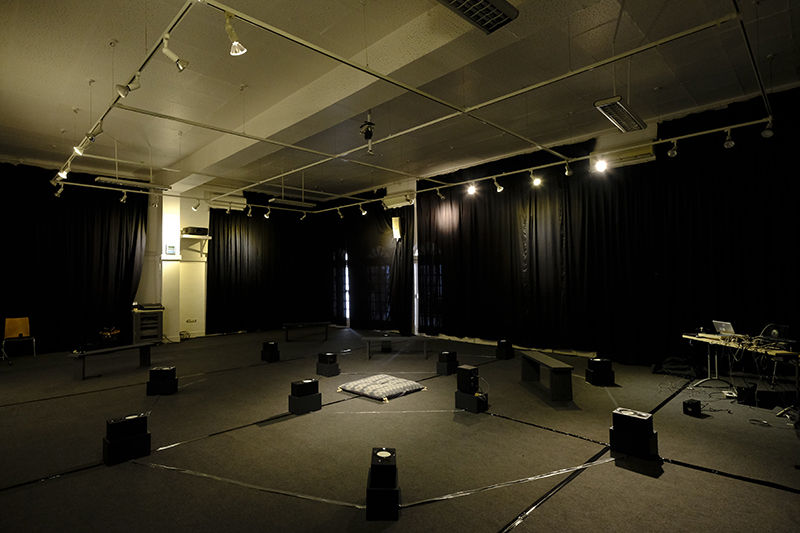Ish Shehrawat (Ish S)
Grant Period: Eight months
Ish Shehrawat (Ish S) is a sound artist, musician, composer, curator and producer from New Delhi. Following his studies of the classical guitar Ish presently works as an electronic musician, primarily in the area of sound art and installation along with electro-acoustic music. He creates, collaborates and produces a wide spectrum of music and sounds ranging from jazz to classical and from ambient to experimental electronic music. In 2009 he founded Sound Reasons, a music label to promote contemporary and electronic music and have released a number of albums since then. Since 2012 he has been curating the Sound Reasons Festival for sound art and experimental electronic music, which is probably India’s only festival dedicated to such work. His works have been showcased all over the world including Finland, Switzerland, Estonia, Sweden, Greece, France, Germany, Denmark, Australia, United Kingdom, Sri Lanka and all over India. He is also the recipient of multiple national and international artist residencies and fellowships.
Ish proposes a complex sound installation for his new project titled Musical Heterotopia. Borrowing from the French philosopher Michel Foucault’s idea of Heterotopology, the project aims to engage with Indian classical music - both Hindustani and Carnatic - using contemporary compositional processes, spatial sound installations and inter-disciplinary interventions. Ish wants to focus on listening processes and bring forth newer sonic and musical experiences of Indian classical music. He will research on the vastly intricate system that is based on performance and improvisation, working with musicians and researchers. He will work on concepts of Euclidian geometry and other geometrical principles that can be applied to composing and spatialising sounds and the Ragas. He will record performances and create compositions which he will then spatialise based on his interactions with the musicians. He would also invite other artists and dancers to react to the installation and the material. The final presentation will be in the form of multi-channel audio installations. These will be accompanied with interventions by musicians and contemporary and classical dancers. He aims to encourage the audience to navigate these spaces while spending time in few spots, where sitting arrangements will be made. The audience will be able to move these listening spots on their own accord as each spot will offer a different sonic experience.
While sound art is a nascent field all over the world, its practice in India is almost non-existent. IFA tried to develop support for this area but the fragmented nature of the field did not allow for articulation of a specific direction. Even with a specialised call for music projects progress has been slow on sound projects. In recent times some artists such as Umashankar Mantravadi, Nida Ghouse, Kavish Seth or Nandita Kumar have received support for their projects and the range of their work signals the multiplicity of the field. The problem also is that even today it is difficult to speak or write about sound work using a simpler vocabulary. This can only be negotiated by supporting risk taking projects that truly experiment with the form. IFA’s ability to take such risks to support ambitious and path breaking projects allow for new fields like this to flourish.
Ish has been almost single-handedly running a festival for last few years and possesses an in-depth understanding of the field. The collaborative nature of the project will also push other artists to consider this seriously and generate conversations in the field about sound art, and in extension experiments in music. Two installations, one live performance and one final presentation on the installations and the research along with the other aspects of the project, will be the outcomes from this grant. Photo and video documentation, research material along with detailed methodologies, the multi-channel audio files created for the installation pieces, exhibition design and other details about the installations will be deposited as deliverables to IFA. Looking at the complexity and the scope of the project the budget seems justified.

